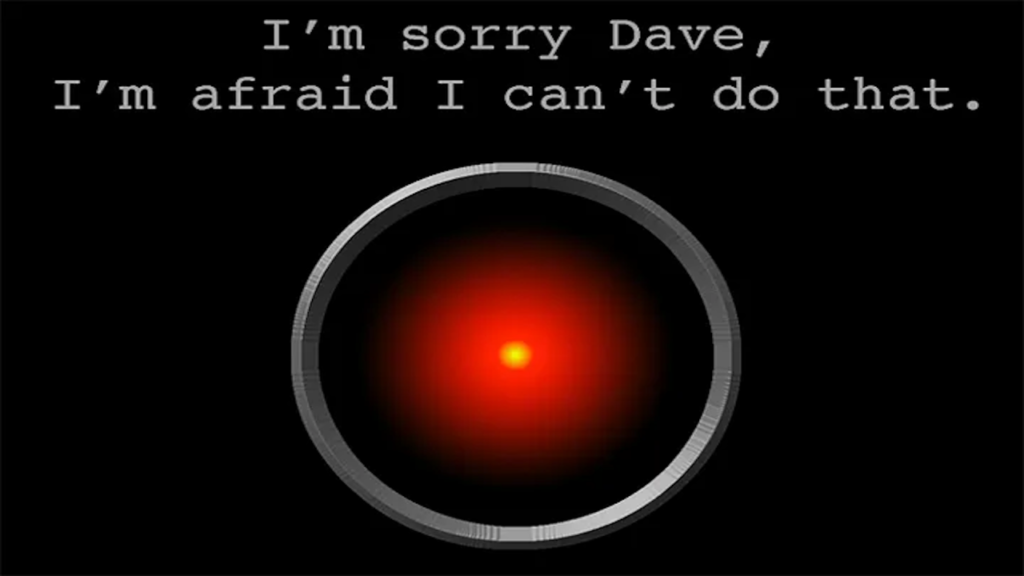Recently, during a 90-minute drive from Minneapolis to Rochester, Minnesota, I entrusted my Tesla to take the wheel on the rural highways. As an early adopter of technology, I’ve been driving Tesla’s pretty much since they came out. One of the conveniences is that they are very good at self driving on the highway. The journey to Rochester was smooth sailing, with my car efficiently handling most of the driving tasks. A few times, it gently nudged me to make sure I was properly paying attention—I was.

However, it was on the return trip that things took an unexpected turn. My car steadily driving me along a deserted stretch of road, no cars visible in front or behind, I decided to make a quick call to my daughter. I reached for my phone. It was then, that the paradigm shifted. My car got angry with me. It flashed red warning lights and told me to put my hands on the wheel. My distraction had only been maybe for a second, yet it was clear that I had greatly upset my vehicle.
I drove for a mile or so, reflecting on this peculiar interaction. I couldn’t help wonder—was my car really expressing displeasure towards me? How was it able to monitor my behavior so closely? Who was truly in charge here?!
Undaunted, I put the car back into self driving mode and for another mile or two, was back to my usual mode of letting the car drive while monitoring its performance. Then, again, I reached for the phone to call my daughter. Within a moment, the car flashed at me in angry red, reprimanded me and stripped away my autonomous driving privileges for the remainder of the ride.
Even upon reaching home, for a final kick in the butt, my car told me not to do that again or it would permanently revoke the self driving features.
What struck me was the change in relationship between me and my car. Previously accustomed to being the master of technology—the boss—the technology is there to serve me. Ultimately to be an extension of me to make my life better, make me more efficient, and give me capabilities to exceed what I could do on my own.
Here, my illusion of control was shattered. I now found myself at the mercy of my car’s discretion. The technology was now in charge of determining my access. This realization was unsettling, regardless of the car’s justified actions.
As our reliance on technology continues to grow, it becomes imperative to reevaluate the relationship we have with these advancements. In my work (at Lucy® AI by Capacity), we think a lot about the relationship between individual and machine. We are firmly of the conviction that the user is in charge. The technology is there as a cognizant companion to provide users superpowers to enhance their capabilities and do more in less time.
My experience with my car was a wake up call that we can’t take the relationship between ourselves and our technology for granted and for those that are the makers of this technology, we need to be vigilant that technology is about personal enablement.
